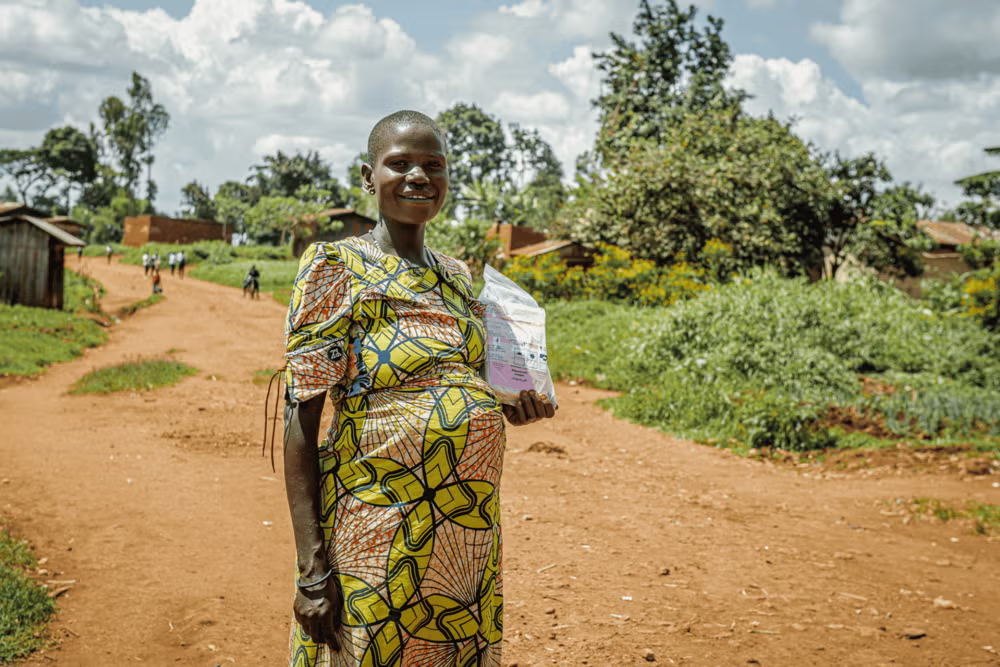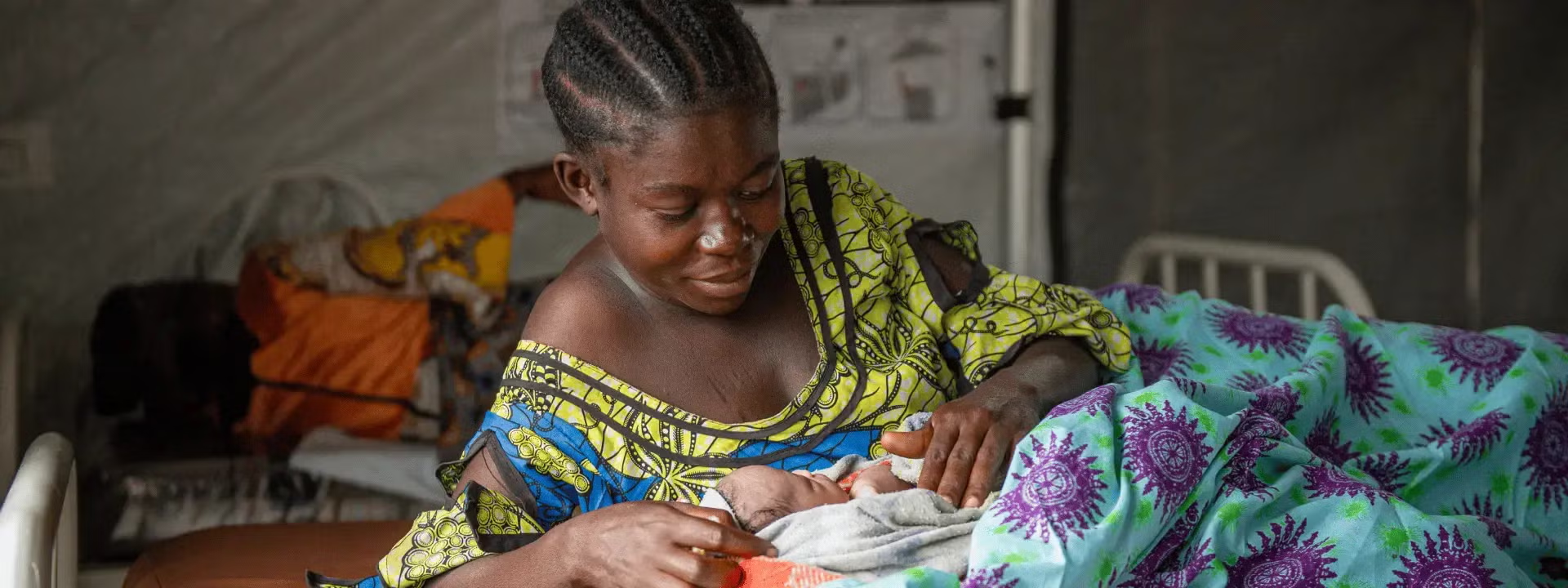The Democratic Republic of the Congo has one of Africa’s most severe humanitarian crises, rooted in decades of conflict, political instability and collapsing infrastructure. At its heart lies a profound struggle for women and girls.
More than 7 million people have been affected by the conflict, and of those 1,582,977 are women of reproductive age, and 220,716 are pregnant women.
Massive displacements took place in early 2025, further exacerbating vulnerabilities. Displacement sites provide little safety for women and girls, who face constant threats of sexual and gender-based violence and exploitation due to overcrowding and insufficient security. Médecins Sans Frontières staff report treating approximately two survivors of sexual violence per hour in certain regions, underscoring the severity and frequency of these violations.

Severely underresourced health facilities cannot meet sexual and reproductive health needs, with maternal mortality soaring as three women die every hour from pregnancy or childbirth complications. Displaced women and girls face an acute lack of access to prenatal, emergency obstetric and postnatal care, with thousands of pregnant women expected to develop life-threatening complications. The convergence of insecurity, inadequate healthcare, frequent disease outbreaks and the lack of psychological support has created an acute humanitarian emergency, demanding an immediate, coordinated global response.
Despite challenges, UNFPA has managed to continue providing support with support to mobile clinics and safe-spaces for women and girls, GBV prevention and mitigation efforts asn well as sexual and reproductive health services.


